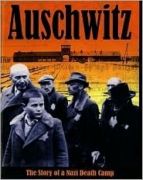
Startling first-person narratives, rare photographs, and a well-researched history describe what happened at Auschwitz, a concentration camp in Poland used during World War II by the Nazis to gather and murder many people, mostly Jews.
Nonfiction genre

Startling first-person narratives, rare photographs, and a well-researched history describe what happened at Auschwitz, a concentration camp in Poland used during World War II by the Nazis to gather and murder many people, mostly Jews.
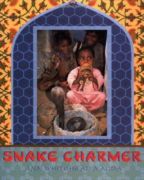
A little boy in India longs to become a snake charmer. Vishnu dreams of being a snake charmer like his father. He already knows how to handle cobras and he is learning to play the special flute. He longs to go to the city to charm snakes while the tourists watch. But his father thinks that education is more important, so Vishnu must stay home. Life in the village is never dull, though. There are plenty of games and chores to keep everyone busy, and then there’s school, which is taught outdoors. And every few weeks Vishnu’s father-and the snakes-return home to visit. A striking introduction to life in India as seen through the eyes of one little boy.
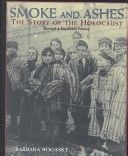
An account of the tragic fate of the six million Jews killed during the Holocaust is set against a chronicle of the roots of Nazi anti-Semitism, Hitler’s rise to power, World War II, and the Nazi program of extermination. Simultaneous.
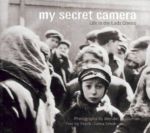
Photographs taken secretly by a young Jewish boy document the fear, hardship, generosity, and humanity woven through the daily lives of the Jews forced to live in the Lodz ghetto during the Holocaust.

My First Book of Korean Words is a beautifully illustrated book that introduces young children to Korean language and culture through everyday words.
Featured in WOW Review Volume IX, Issue 3.
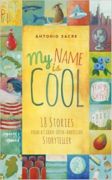
Antonio Sacre weaves the Spanish language, Cuban and Mexican customs, and Irish humor into a book of humor, inspiration, tradition, and family.
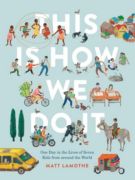
Follow the real lives of seven kids from Italy, Japan, Iran, India, Peru, Uganda, and Russia for a single day! In Japan Kei plays Freeze Tag, while in Uganda Daphine likes to jump rope. But while the way they play may differ, the shared rhythm of their days—and this one world we all share—unites them.

Ten of the most important bridges in the world, from the world’s first cast-iron bridge (The Iron Bridge) to the longest pre-stressed concrete bridge in the southern hemisphere (The Rio-Niteroi Bridge) to the tallest bridge in the world (the Millau Viduct). Introducing each engineer or architect, the main concepts of their work, as well as some of their most important projects in charming drawings and accessible text, Bridges is a fun primer for anyone interested in learning more about these incredible structures. Didier’s step-by-step drawings of bridges ranging from the Brooklyn Bridge (1883) and the Sydney Harbour Bridge (1932) to Santiago Calatrava’s Peace Bridge (2012) and Rudy Ricciotti’s MUCEM Footbridge (2013), provide original insight into the development of the engineering and architectural concepts behind each bridge.
Featured in WOW Review Volume IX, Issue 4.

A concise but astonishingly thorough summary of key events, change-makers and the evolution of the PRIDE movement and those whose lives it enriches throughout North America and around the world. The richly colored photographs flank the text in a brilliant design reflective of a PRIDE parade itself.
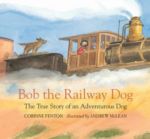
In the early days of the Australian railroad, when shiny new tracks opened the country up to new lands and new people, there was one courageous dog who was part of it all.